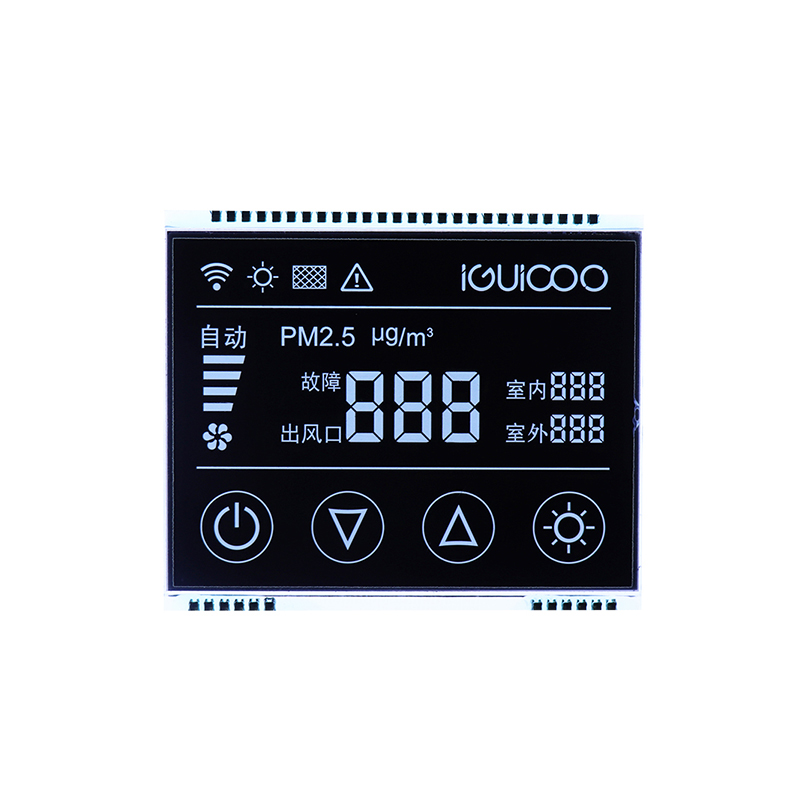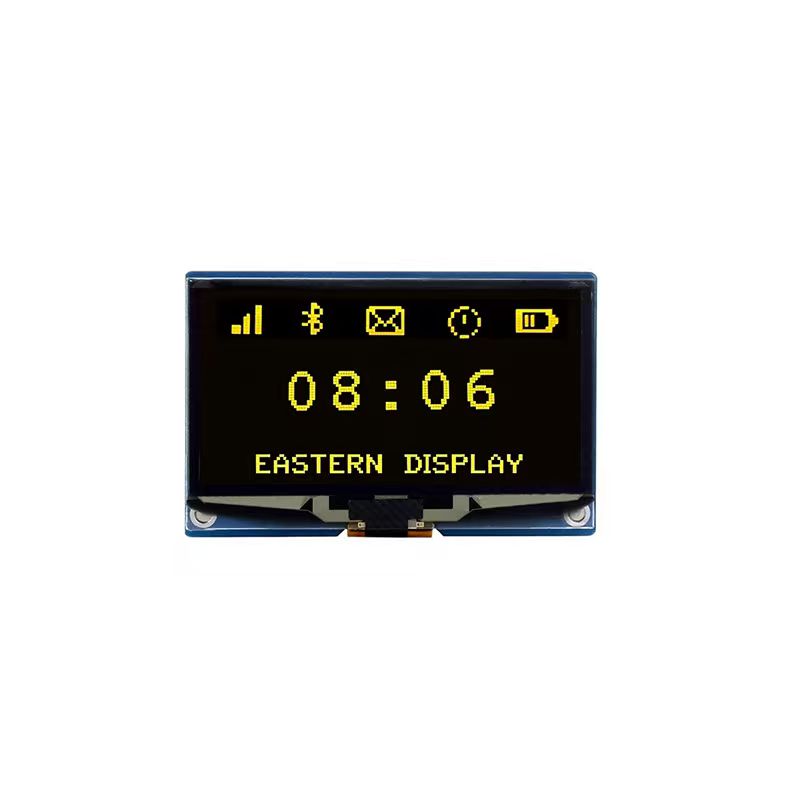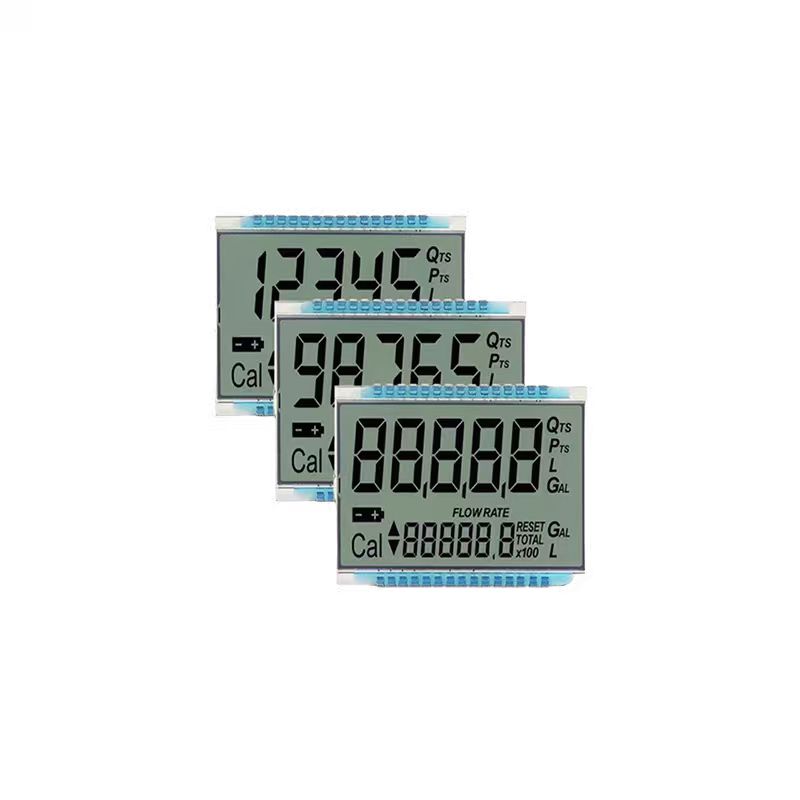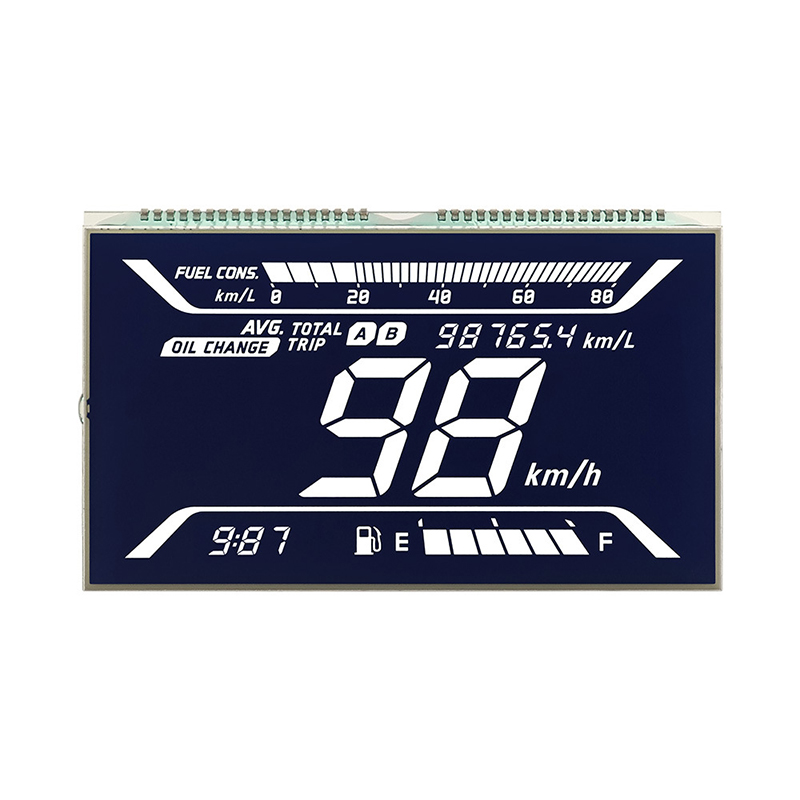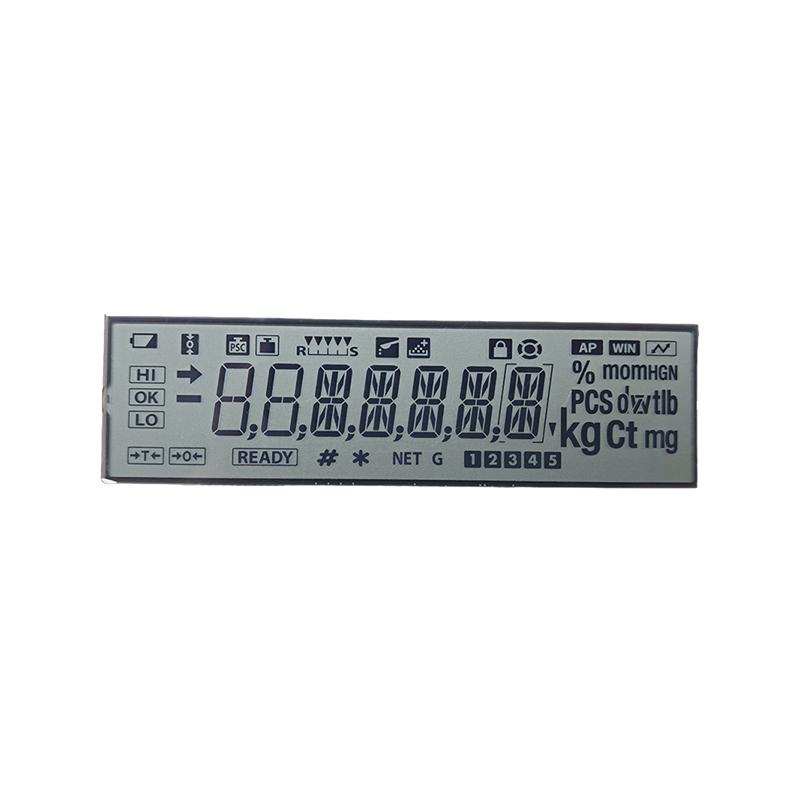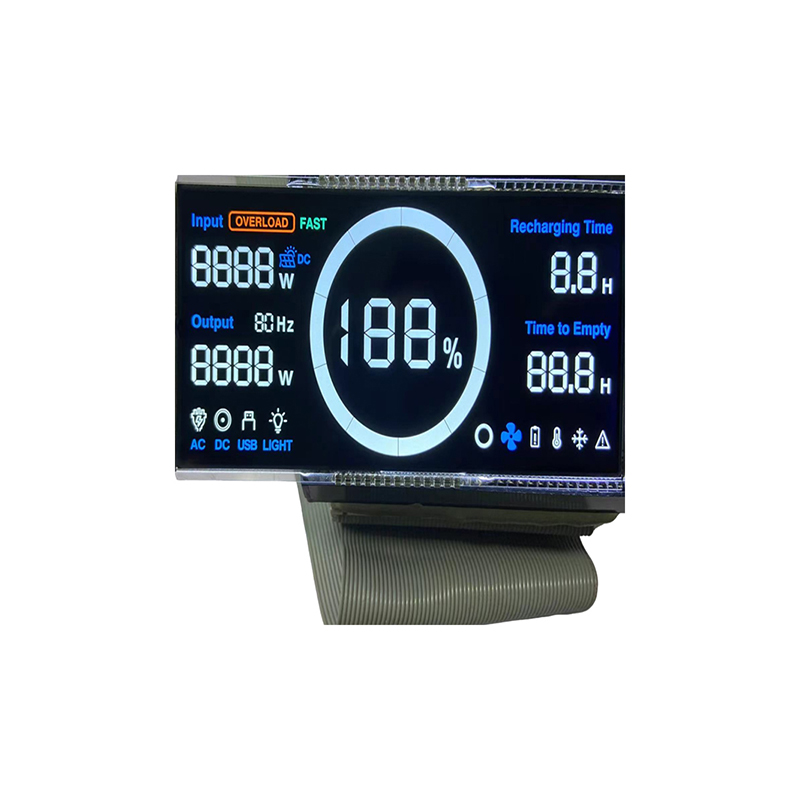
This comprehensive guide explores the technology and applications of flip segment displays, covering their key features, advantages, disadvantages, and various use cases. We'll delve into different types, selection criteria, and how to integrate them into your projects effectively. Learn how to choose the right flip segment display for your specific needs, and discover the best practices for optimal performance and longevity.
Flip segment displays, also known as flip-dot displays or flip-disc displays, are a type of electronic display that uses small, individual segments that rotate to reveal different characters or symbols. Unlike LCD or LED displays, these displays create their images mechanically, providing a unique aesthetic and tactile quality. Each segment consists of two or more flaps that rotate to present either a dark or light side, forming numerals, letters, or other symbols. The resulting display is often characterized by its retro and somewhat nostalgic appearance.
Flip segment displays come in various sizes and configurations, catering to diverse application needs. While the fundamental principle remains the same, key differences lie in segment size, display resolution, and the overall construction method. Some common variations include:
The size of individual segments and the overall display resolution significantly impact the readability and detail of the displayed information. Larger segments are easier to read from a distance but offer lower resolution, while smaller segments allow for more detailed displays but require closer viewing. The choice depends entirely on the application and viewing distance.
Flip segment displays can be made from different materials, each with its own advantages and disadvantages. Some common materials include plastic and metal. The construction method affects durability, cost, and the overall visual appeal of the display. For example, displays with robust metal housings are generally more durable than those with plastic housings.
Like any technology, flip segment displays offer both advantages and disadvantages:
| Advantages | Disadvantages |
|---|---|
| Unique retro aesthetic | Higher manufacturing cost compared to LCD or LED |
| High visibility in bright sunlight | Lower resolution compared to other display technologies |
| Mechanical operation; no backlight needed | Higher power consumption than some alternatives |
| Durable and reliable (depending on construction) | More susceptible to mechanical failure than electronic displays |
Flip segment displays find applications in various industries and settings, including:
Choosing the appropriate flip segment display involves careful consideration of several factors, including:
For high-quality and reliable flip segment displays and other advanced display solutions, consider exploring the options available at Dalian Eastern Display Co., Ltd., a leading manufacturer in the industry. They offer a range of customized solutions tailored to meet specific project requirements.
Flip segment displays offer a unique blend of retro aesthetics and robust functionality. By understanding their features, advantages, and limitations, you can effectively integrate them into a wide range of applications. The right choice depends on carefully evaluating your specific needs and prioritizing the key factors discussed above.


